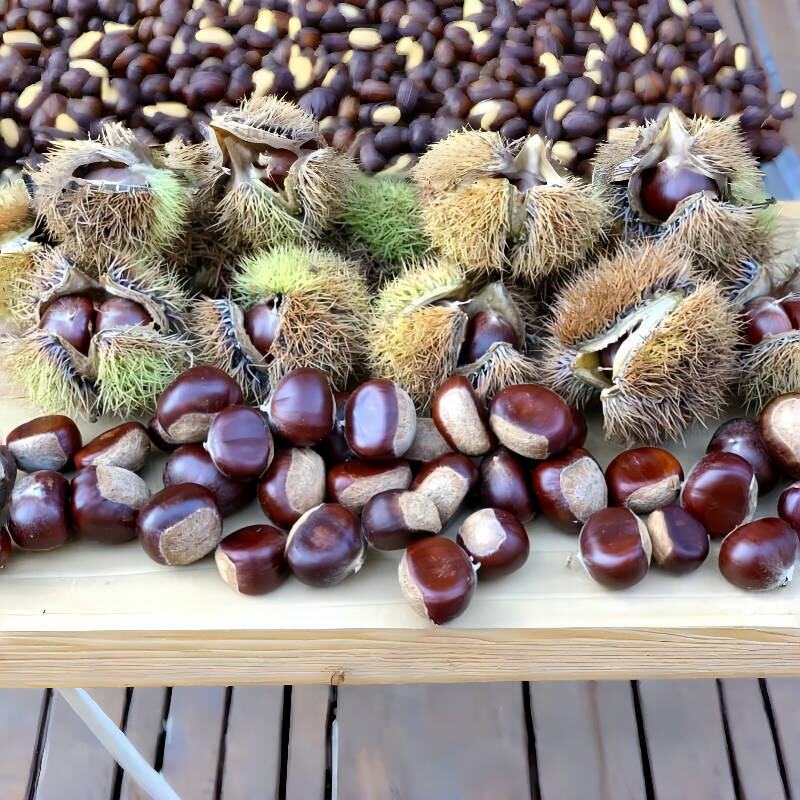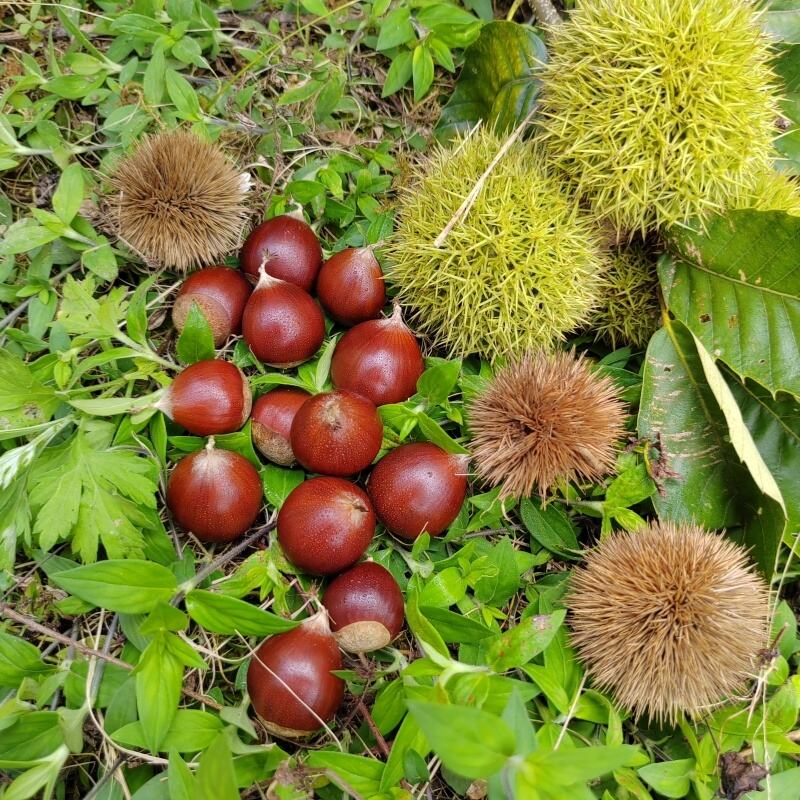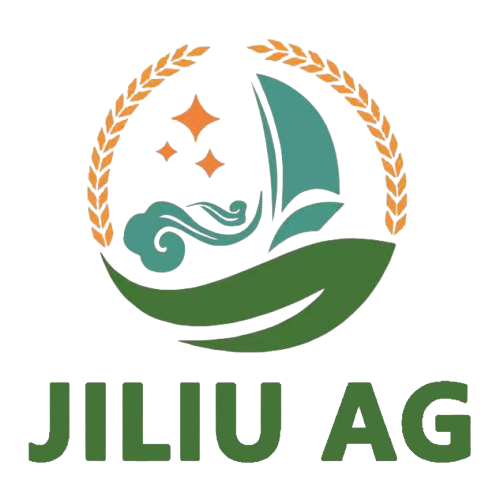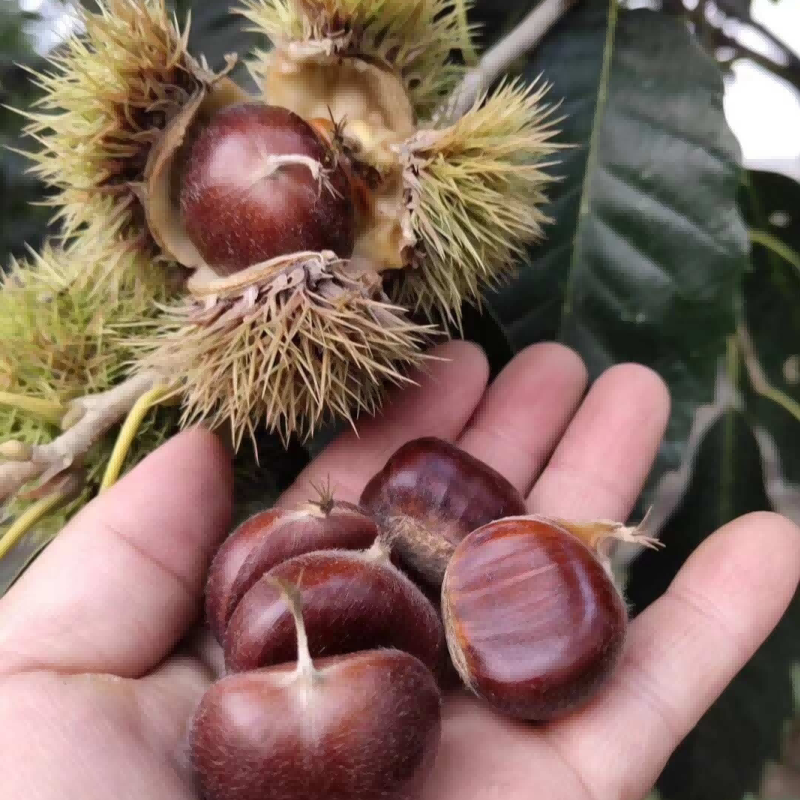Choosing the Right Chestnut Sources for Importers: Key Considerations
Chestnuts are a popular commodity in global trade, valued for their culinary versatility and nutritional benefits. However, choosing reliable chestnut sources is not always straightforward. Importers face several challenges when sourcing chestnuts, from quality control to logistical concerns. This article explores the key priorities importers should consider when selecting chestnut sources, ensuring that the final product meets both their needs and the expectations of their customers.
Factors Influencing the Selection of Chestnut Sources
When it comes to sourcing chestnuts, importers must weigh several factors that can influence the quality, cost, and sustainability of their supply chain. From harvest conditions to shipping logistics, each step in the chestnut sourcing process plays a vital role in determining the overall success of the import.
Quality Assurance and Consistency
One of the most important considerations for importers is ensuring the quality of chestnuts. The chestnut market is known for its fluctuations in quality, influenced by various factors such as growing conditions, harvest timing, and post-harvest handling. Importers need to work with suppliers who can provide consistent, high-quality chestnuts that meet industry standards.
Quality assurance begins with the sourcing of raw chestnuts from reputable farms or regions known for their superior agricultural practices. Importers should seek out suppliers who can guarantee that the chestnuts are free from damage, mold, and other defects that might affect the final product. Furthermore, quality control measures such as testing for pesticide residues and maintaining proper storage conditions are crucial to ensuring that chestnuts retain their freshness during transport.
Cost and Price Stability
Another critical factor for importers when choosing chestnut sources is the cost. Chestnuts are a relatively high-value agricultural product, and the price can fluctuate depending on factors such as demand, harvest yield, and transportation costs. Importers need to find suppliers who offer competitive pricing without compromising on quality.
Price stability is equally important, especially for long-term contracts. Importers are generally interested in sourcing chestnuts at a fixed price over an extended period to mitigate the risks of price volatility. Long-term relationships with suppliers can help establish more predictable pricing, allowing importers to plan their budgets and supply chains more effectively.
Geographical Location and Accessibility
The geographical location of chestnut sources plays a significant role in the logistics of importation. Proximity to major shipping ports and transportation hubs can drastically reduce shipping time and costs. Importers typically look for chestnut sources in regions with established export infrastructure, as this reduces the risk of delays and additional fees.
For example, countries in Southern Europe, such as Italy and Spain, are well-known for their chestnut production, with convenient access to shipping routes. Similarly, regions in Asia, such as China and South Korea, have established networks for exporting chestnuts globally. By choosing suppliers from locations with efficient shipping routes, importers can streamline their supply chains and reduce lead times.



Sustainability and Environmental Considerations
Organic Certification and Sustainable Farming Practices
Sustainability in chestnut sourcing often begins with organic farming practices. Organic chestnuts are grown without the use of synthetic pesticides or fertilizers, which makes them appealing to environmentally conscious consumers. Importers who prioritize sustainability should seek out suppliers who are certified organic or who adhere to eco-friendly farming standards.
Importers should also consider whether their chestnut sources are committed to sustainable farming techniques. This includes practices like crop rotation, water conservation, and soil health management. By sourcing from farms that follow sustainable practices, importers can help support the global effort to reduce the environmental impact of agriculture.
Ethical Labor Practices
Along with environmental sustainability, ethical labor practices are also critical considerations when choosing chestnut sources. Importers should ensure that their suppliers adhere to fair labor standards, providing safe working conditions and fair wages for farm workers. This aspect of sourcing is particularly important in countries where agricultural labor is often underpaid or subject to poor working conditions.
Ethical sourcing not only helps improve the reputation of the importer but also ensures that the chestnuts are produced under humane conditions. It is essential for importers to build relationships with suppliers who share these values and are transparent about their labor practices.
Technological Advancements in Chestnut Sourcing
Innovations in Harvesting and Post-Harvest Handling
Modern technology has significantly improved the harvesting process for chestnuts. Advanced machinery and techniques, such as mechanized harvesting systems and automated sorting technologies, allow farmers to collect chestnuts more efficiently and with less damage. This results in higher-quality chestnuts, which is essential for importers who are seeking a reliable and consistent supply.
Post-harvest handling has also seen significant improvements. Innovations in storage facilities, such as controlled atmosphere storage, help extend the shelf life of chestnuts and prevent spoilage. Importers who source chestnuts from suppliers that invest in post-harvest technology can benefit from fresher, higher-quality products upon arrival.
Digital Tracking and Supply Chain Transparency
In addition to harvesting and handling advancements, digital tracking technology is transforming the chestnut supply chain. Blockchain and other tracking systems allow importers to trace the entire journey of chestnuts from farm to table. This transparency helps ensure quality control, verify ethical sourcing, and guarantee that sustainability standards are met.
Importers who use digital tracking can also streamline their inventory management, reduce waste, and improve communication with suppliers. By adopting these technological advancements, importers can enhance their operations and meet the growing demand for traceable, responsibly sourced products.
Regulatory Compliance and Import Requirements
Food Safety Standards and Certifications
Different countries have varying food safety standards and certifications for imported agricultural products, including chestnuts. Importers should work with suppliers who are knowledgeable about these regulations and can provide the necessary documentation, including certifications for pesticide residue levels, product origin, and quality control.
Additionally, importers should ensure that their chestnut sources comply with international certifications such as GlobalG.A.P. or ISO standards, which provide assurances about food safety and quality. These certifications help protect both the importer and the consumer by ensuring that the chestnuts meet the highest safety standards.
Tariffs, Import Duties, and Customs Procedures
Importers must also consider tariffs, import duties, and customs procedures when sourcing chestnuts. These costs can impact the overall price of the product and affect the profitability of the trade. Importers should be aware of the applicable tariffs and work with suppliers who have experience navigating the import/export process to minimize delays and additional costs.
FAQ
What is the importance of quality control in chestnut sourcing?
Quality control ensures that chestnuts meet the required standards, are free from defects, and are safe for consumption. It helps importers maintain consistency and satisfy customer expectations.
How do geographical location and accessibility impact chestnut sourcing?
The proximity of chestnut sources to major shipping ports and transportation hubs can significantly reduce shipping times and costs, making it easier for importers to manage their supply chain effectively.
Why is sustainability important when choosing chestnut sources?
Sustainability is important because it helps reduce environmental impacts, ensures ethical labor practices, and appeals to environmentally conscious consumers, making the product more competitive in the market.
What role does technology play in chestnut sourcing?
Technology improves the efficiency of harvesting, handling, and storage, ensuring that chestnuts maintain their quality. Digital tracking systems also enhance supply chain transparency and help manage inventory effectively.

